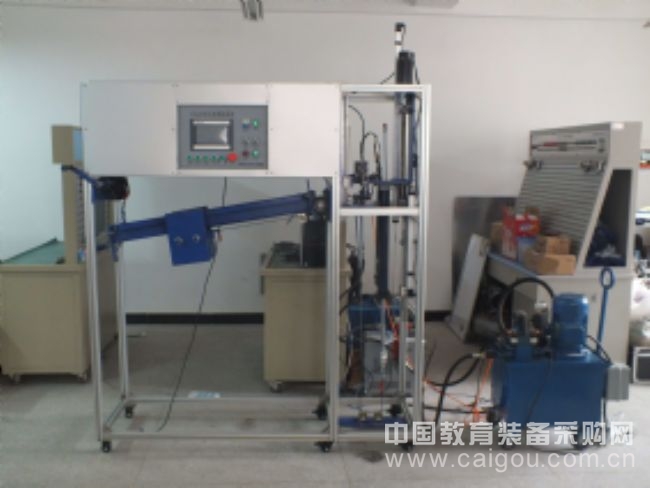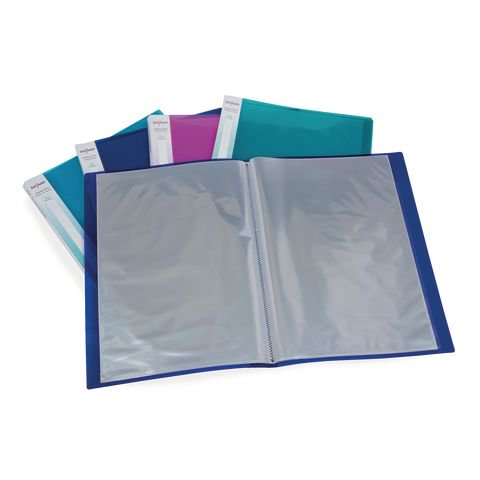[Wuhan University] Drill column heave compensation simulation experimental device
Introducing the Drill String Heave Compensation Simulation Experimental Device Offshore drilling is significantly different from onshore drilling. Floating drilling platforms are subject to periodic heave motions caused by ocean waves, which can lead to reciprocating movements of the drill string and cause fluctuations in bottomhole pressure. This can even result in the drill bit losing contact with the wellbore, reducing drilling efficiency and shortening the lifespan of the drill bit and drill pipe. In harsh weather conditions, it may even halt operations entirely. To address this, a drill string heave compensation device is used to counteract the platform's movement, ensuring stable and continuous drilling operations. However, existing heave compensation systems are technically complex, take up significant space, and are expensive to build. Based on the parameters of offshore drilling rigs, we designed a simulation experimental device suitable for use in a standard laboratory setting. The device consists of three main units: a heave motion simulation unit, a heave compensation simulation unit, and a load simulation unit. The heave motion unit simulates the vertical displacement of the drilling ship caused by wave action, while the compensation unit mimics the effect of the hydraulic cylinder on the traveling block. The load simulation unit replicates changes in the hook load during drilling operations. The control system of the experimental device uses a PLC (Programmable Logic Controller) combined with a touch screen interface, both housed in a measurement and control box. Servo motors and electro-hydraulic valves are all controlled via the PLC, which manages sensor data acquisition and I/O device control. The touch screen communicates with the PLC through a serial connection, allowing users to input commands, monitor real-time data, and view experimental curves directly on the screen. This user-friendly design makes it ideal for students without prior hands-on experience. In addition to the basic PLC + touch screen setup, the device also supports an advanced control method based on xPC Target. This allows for more sophisticated experiments, such as those involving fuzzy control or adaptive control, often used in postgraduate-level training. Both control modes are connected in parallel, enabling seamless switching without affecting each other. The human-machine interface is intuitive and easy to navigate. Most operations are performed through the touch screen on the front panel of the control box. Upon startup, the system displays a brief boot screen before entering the "Start Page," which includes simple instructions and seven interactive touch blocks. Touching any of them leads to the corresponding operation interface, where users can input, monitor, and output experimental parameters. A standout feature of the system is the "PID Adjustment" interface. It displays real-time displacement curves of the heave platform and the compensation cylinder, helping users visually assess the compensation effect. From there, users can adjust the proportional, integral, and derivative terms to achieve optimal performance. These settings can be saved in the PLC for future use, offering a practical way for students to understand electro-hydraulic position control and master PID tuning techniques. The "Alternate Control" interface provides a virtual replica of the physical control panel. Users can operate the device through the virtual buttons, eliminating the need to press physical switches on the control cabinet. This reduces the risk of damage due to frequent or incorrect button presses. The device also features a "Data Recording" function. Experimental data can be stored according to the type of experiment and exported to an external USB drive, making it easier to analyze results after the experiment. This enhances the learning experience and supports further research and development. This experimental teaching device not only reflects industry standards but also helps students grasp modern advancements in hydraulic technology within the field of geological engineering machinery. It is applicable across multiple mechanical engineering courses at the undergraduate level and offers strong comprehensive performance. Through hands-on training, students gain practical insights into electro-hydraulic control principles and technologies, enabling them to integrate theoretical knowledge with real-world applications effectively. Title: Drill String Heave Compensation Simulation Experimental Device Developed by: China University of Geosciences (Wuhan)
A stationery item used to protect documents.Inside pages are typically 20, 30, 40, 50 pages, with single pockets and double pockets.The size of the brochure is generally A4, but also B5.Cover is generally PP, plus a variety of printing patterns.There is a built-in information card in the middle, which can be handwritten notes.General use in schools and offices
Display Books,Plastic Display Book,Solid Cover Display Book,Display Clear Book shaoxing chaofeng stationery manufacturing CO.,LTD. , https://www.chaofengstationery.com

